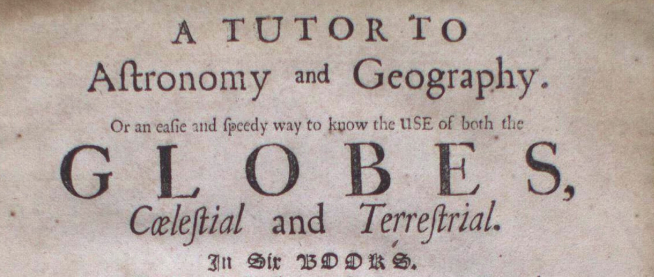'Globes Celestial and Terrestrial': the Science of Star-gazing

The study of celestial bodies is one of the oldest sciences. Meticulous observations of the night sky were made by many early civilizations who used the information for various purposes, including determining the right time for planting, harvesting, ceremonial events and tides.

Early astronomy was based on observations with the naked eye. An ancient - but familiar - result of these observations are the constellations. The oldest surviving lists of constellations are from Bronze Age Babylon. Babylonian observations influenced the development of ancient Greek and Egyptian astronomy in centuries to follow, which in turn influenced European and Islamic astronomers in the Medieval and Early Modern eras. Today, there are 88 constellations recognized by the International Astronomical Union: around 20 of these come to us from ancient Babylon.


Astronomy was often concerned with the creation of star maps which would allow users to consistently locate stars and planets. If you lived in London in the 1790s, you might have used the diagram below 'Upon which are marked the Hours and Minutes of true Times of the Entrance and Exit of VENUS in its Passage over the SUN’S DISC', to find Venus. The measurement of the positions of celestial bodies is now called astrometry, and it was essential to the development of calendars and navigation strategies.

Devices were developed to assist traders, merchants, sea captains and others to determine their location using the position of the stars, such as the astrolabe, which appeared as early as the 2nd century BCE. The astrolabe was used to discern local time and latitude. The form of astrolabe being demonstrated by the putto in the illustration below (left) is of a type known as a 'mariner's astrolabe' designed specifically for ease of use on unstable ship decks. By the 14th century sailors could also make use of the cross-staff to measure latitude (below right).

For many centuries it was believed that the sun moved around the earth in a geocentric model popularly established by Ptolemy in the 2nd century BCE. In the 16th century, Nicolaus Copernicus published a book called On the Revolutions of the Celestial Spheres, in which he proposed a heliocentric or 'sun-centered' model of the universe. The Copernician Solar System was a major contribution to the field and began a century of discoveries and theories from scientists such as Galileo, Kepler and Newton that changed how people understood the structure of the universe.




